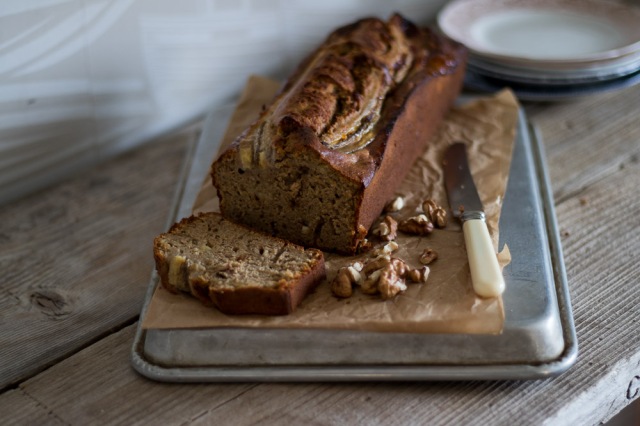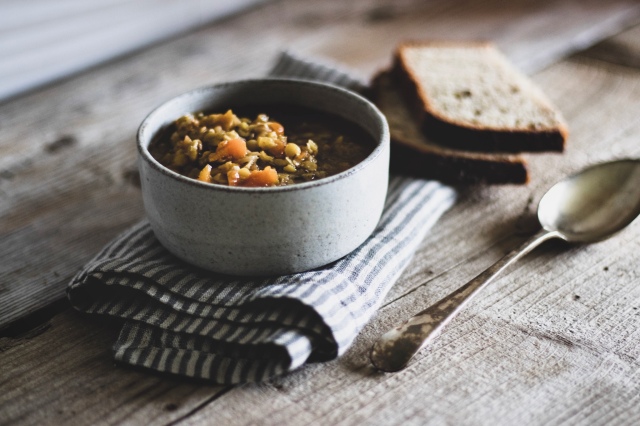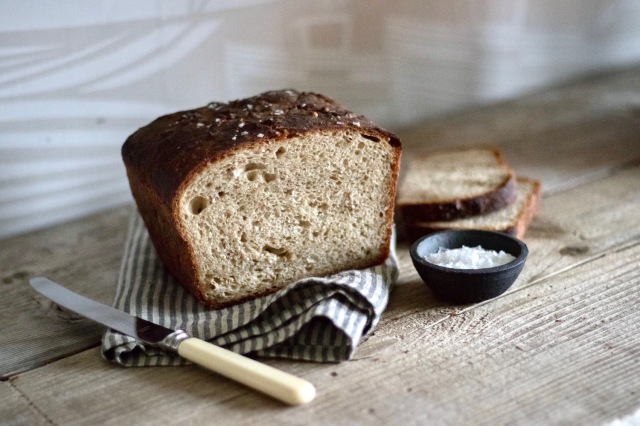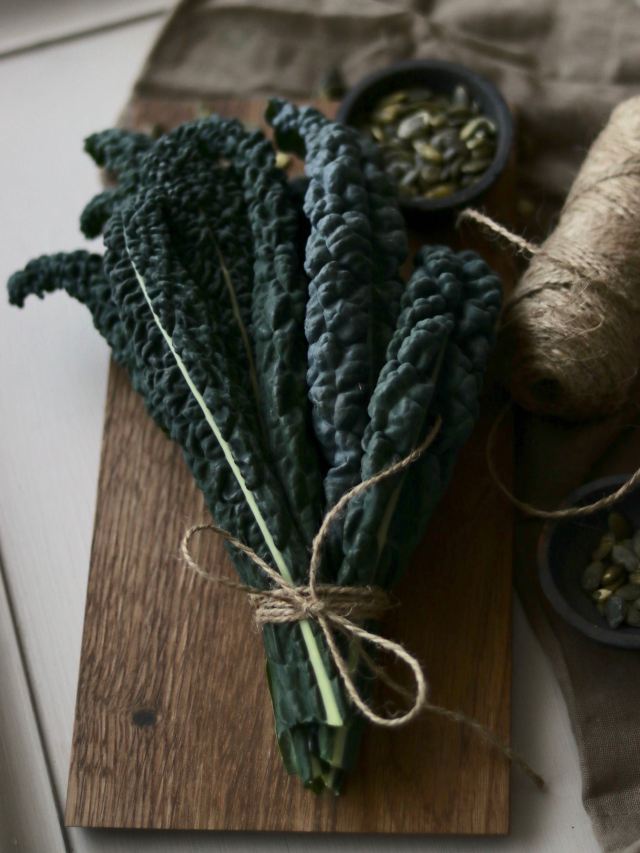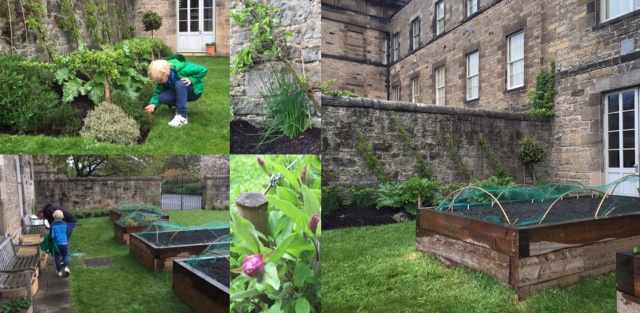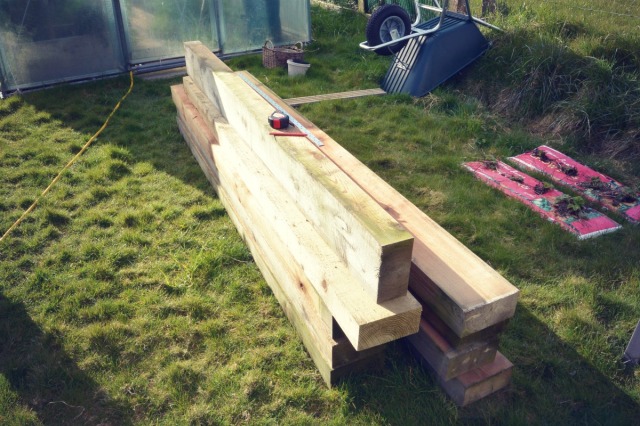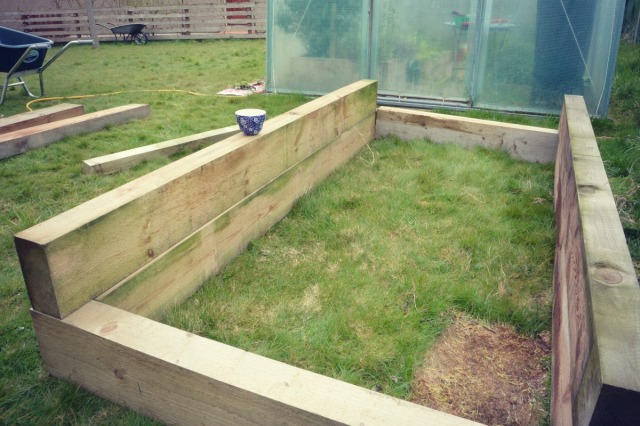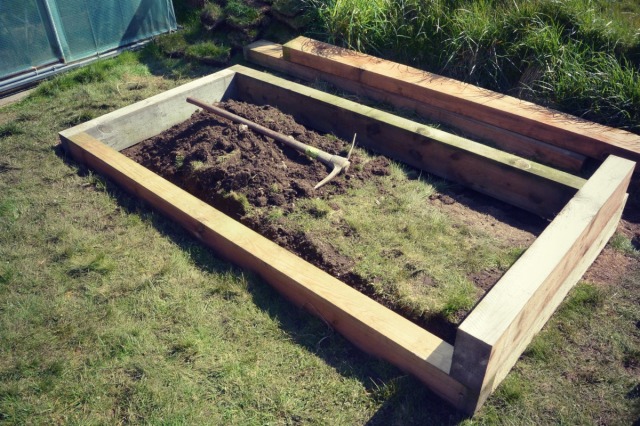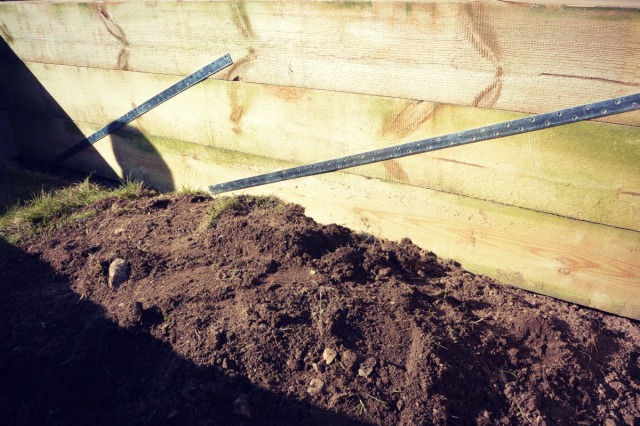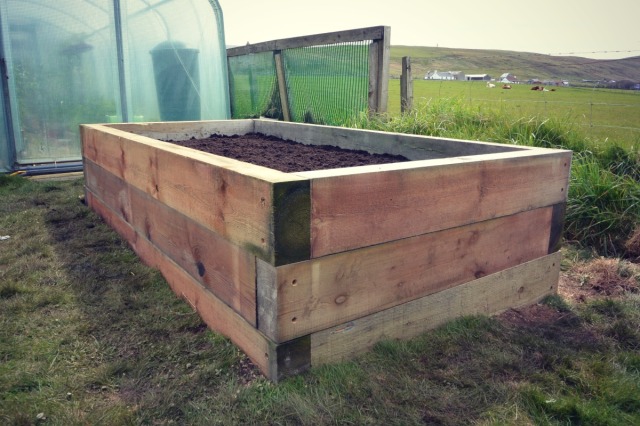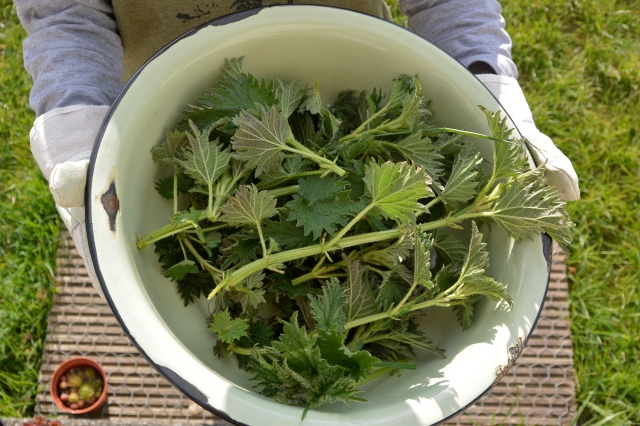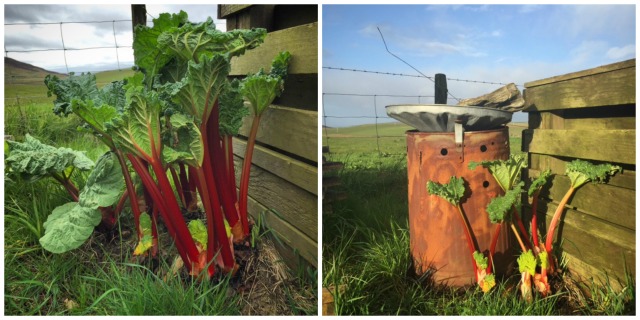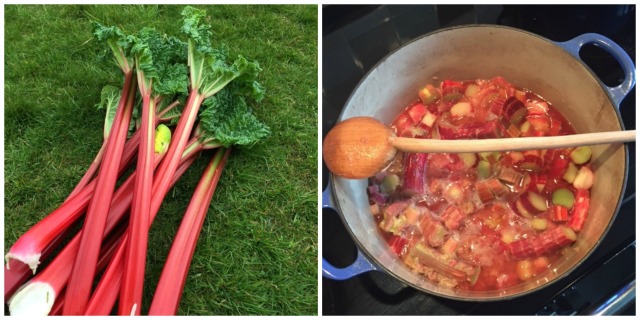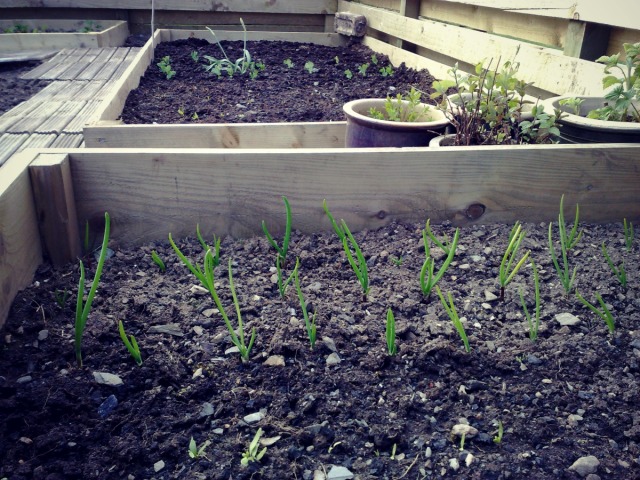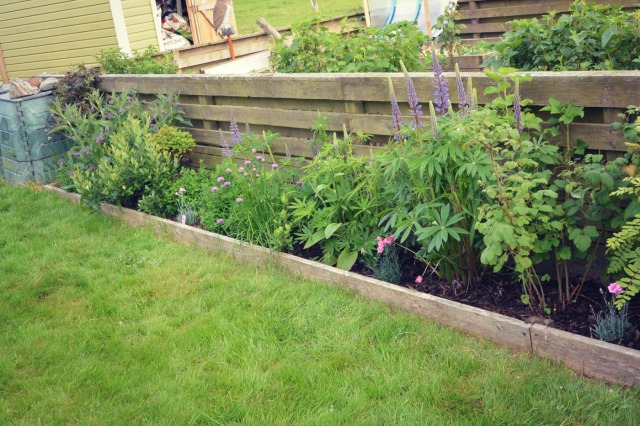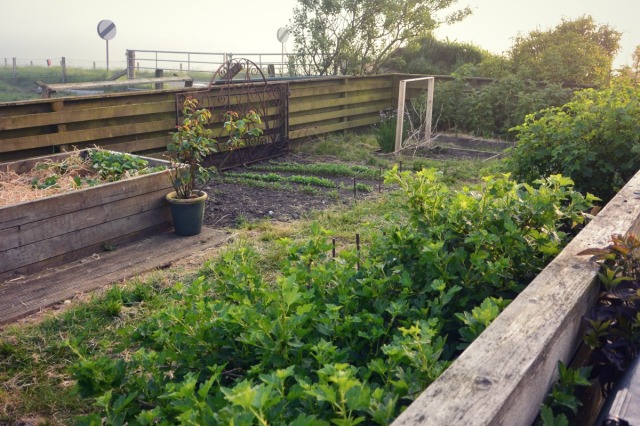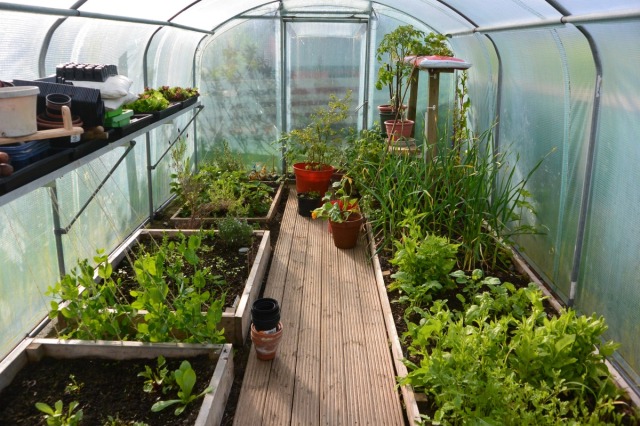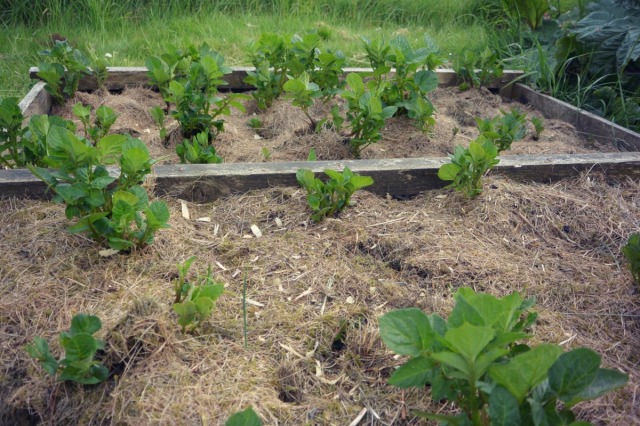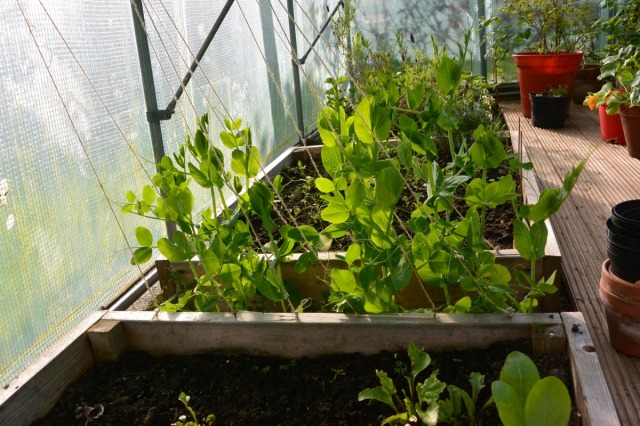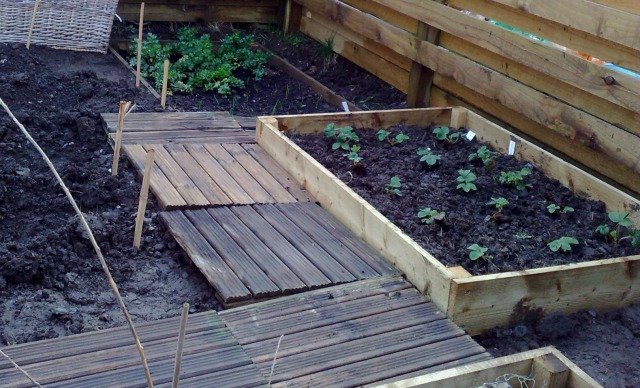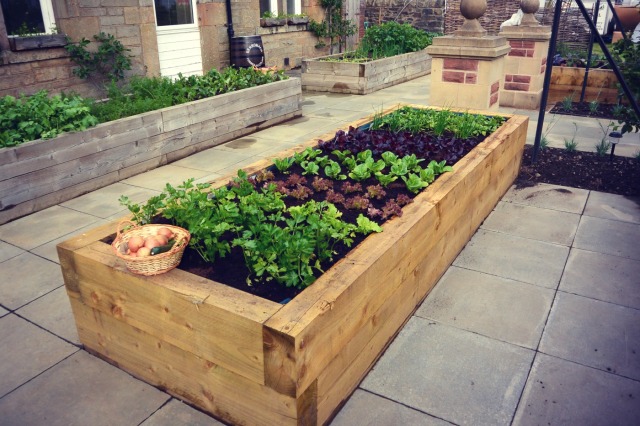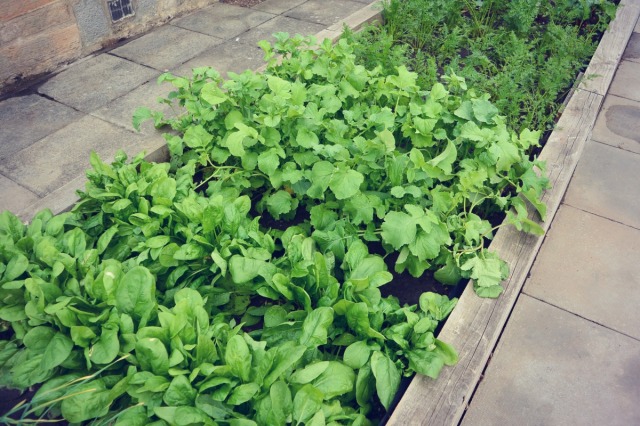Every spring I am so grateful to be able to begin working in the garden and marvel at the circle of life again. And I love the quote accredited to Audrey Hepburn: “To plant a garden is to believe in tomorrow.” This year it seems even more apt…
I would imagine during these difficult times our gardens will be receiving much more attention this spring and rightly so. They should be cherished, loved and tendered, rather than forgotten about and neglected as we’re always too busy…
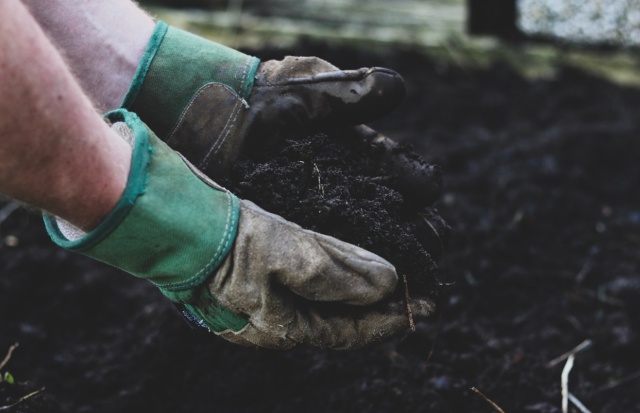
April is a wonderful time for gardeners. Everything is waking up after the long winter sleep and there are signs of new life everywhere. But it can also feel a bit overwhelming. Where to start? What to focus on? Especially if the garden has been neglected a little over the past year or so. Life just gets in the way sometimes…
I know the feeling well – when spring makes its appearance I always write a long list of things I would like to grow and do that year. And then, as time moves on and all of a sudden it is summer, things start slipping. Because summer is a very busy time in Shetland. We only get a small window of opportunity to enjoy our outdoors when it is at its best. So many things take priority over gardening.
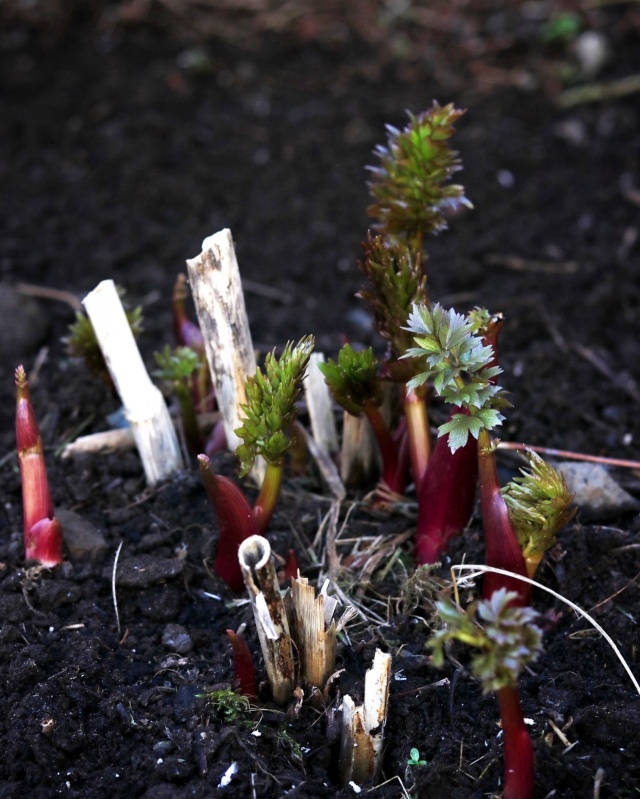
From my own experience I would recommend finding two or three hours per week to spend working in your garden. It is not a huge amount of time but it should be enough, providing you follow one simple rule – little but often. Even if it’s just 15 minutes every day, I encourage you to get out there and do a little bit. And you will soon start seeing a difference. Gardening is also a brilliant way to clear your head and get a bit of exercise after a busy day at work, especially if you work in an office and spend most of your day sitting down. I love getting out in the evening after dinner, when the light is just sublime and everything seems so peaceful.
And then there are the rewards. Of course you’ll enjoy some lovely fresh produce but also you will find moments of calm and happiness. For me a cup of tea after a gardening session is one of the pleasures that money cannot buy. You see happiness is simple, and contrary to what we often think it needn’t cost a penny. We just have to slow down, look around ourselves and enjoy what we have rather than seek something new the whole time, or dream about things we cannot have.
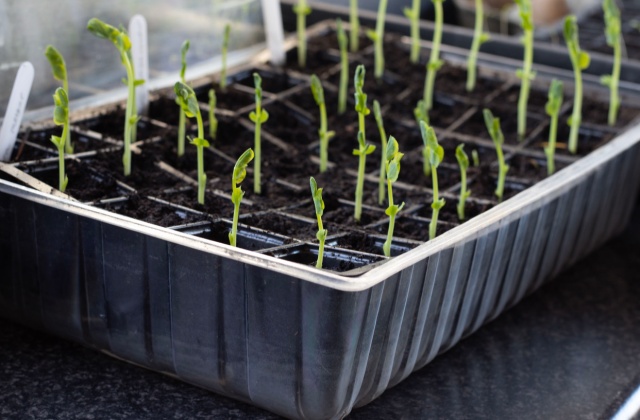
And if you are completely new to gardening you will probably wonder where to begin (just like I did when I moved to Shetland). My advice would be starting small. One or two raised beds is enough and you can experiment with what will grow well in your area and microclimate. Also it is a much less daunting prospect than starting a full size vegetable plot.
And remember anything you grow, however small, the harvest will make a big difference to you and the way you think of and appreciate food. All of a sudden you will think twice before you buy and throw away those supermarket bags of salad. Because growing food takes effort. A lot. But the rewards are enormous.
Enjoy the spring and happy gardening!
For more inspiration from my Shetland Garden and from our beautiful isles you can follow me on Instagram.
Here is more growing inspiration and information:
